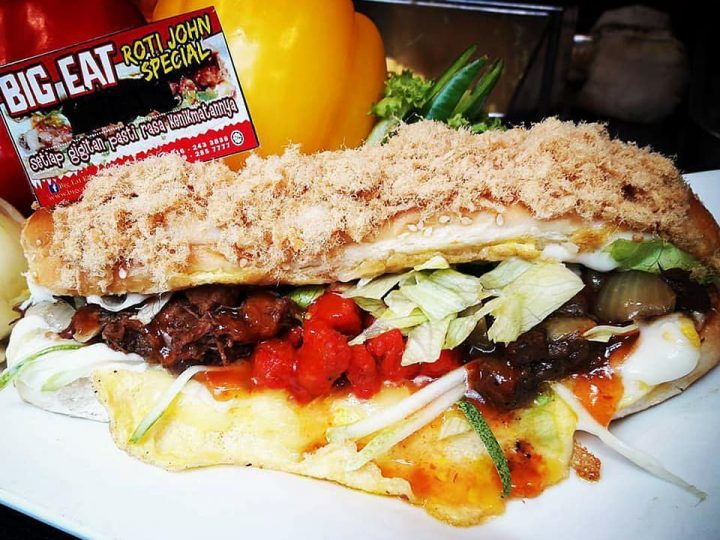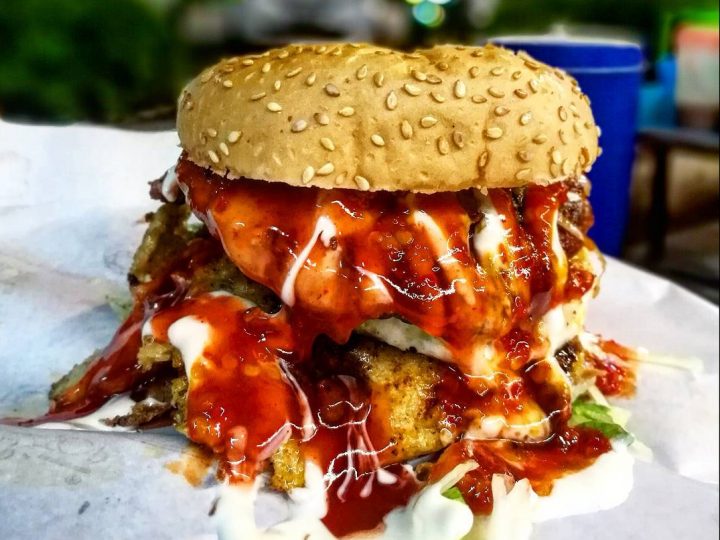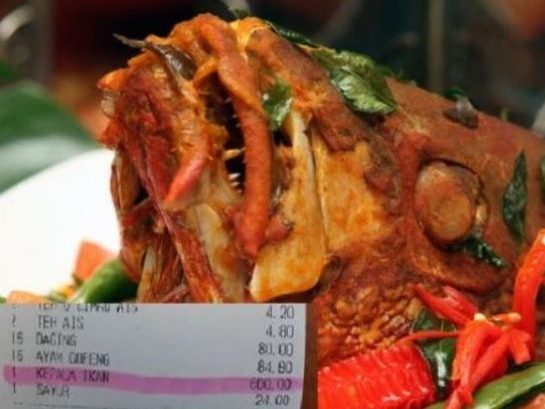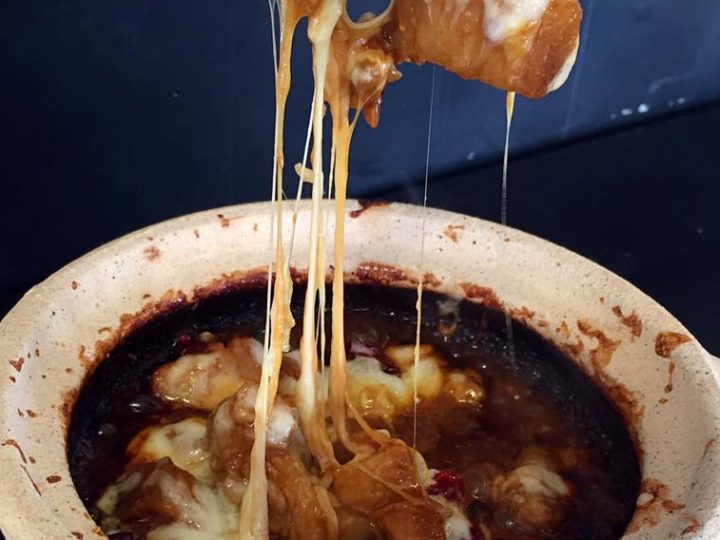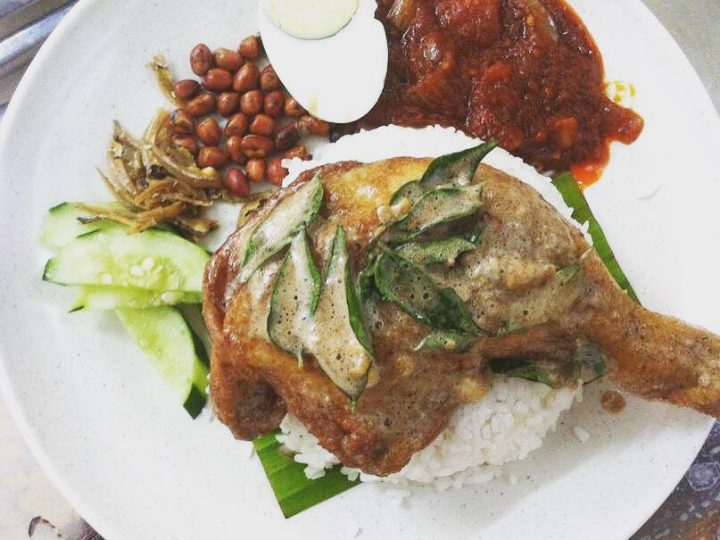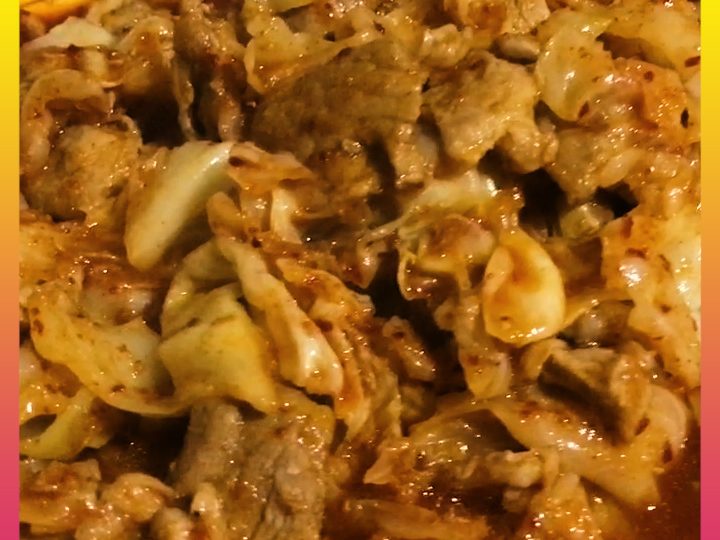Kuihpedia: A Simple Guide to Ramadhan Kuih
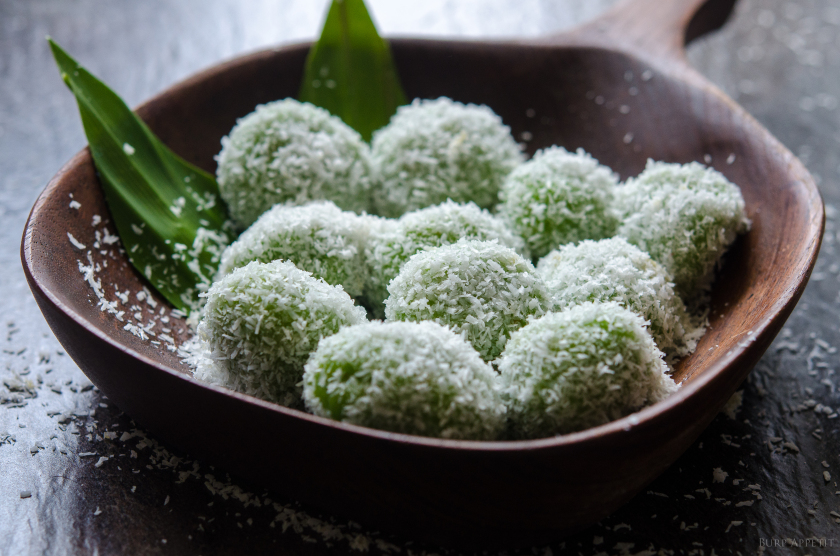 Thirsty for JUICE content? Quench your cravings on our Instagram, TikTok and WhatsApp
Thirsty for JUICE content? Quench your cravings on our Instagram, TikTok and WhatsApp
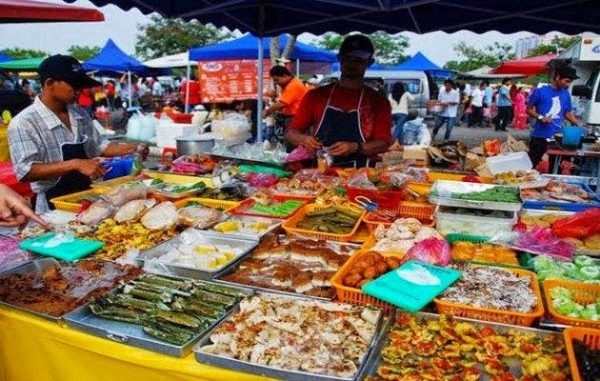
Those who say “you can’t have your cake and eat it” have obviously not been to Malaysia. Now don’t get me wrong, I’m not a patriotic foodie who thinks nasi lemak or chee cheong fun should rule the world and dominate lesser dishes like French Pâté or Singaporean fake-bak kut teh, I just like the fact that we are culturally connected like right now, in the month of Ramadhan, bazaars are filled with Muslims and non-Muslims alike. Same thing happens when other festivities are on, we all get together around food and share good moments regardless of our backgrounds ’cause that’s just the way it should be.
The kuih (or the Malaysian cake) is symbolic of this unique unity of ours. It’s simple, satisfying, and good to consume practically anytime of the day–breakfast, teatime, as a dessert after dinner–whether savoury or sweet. And yet, not a single variety of kuih looks anything like a standard Western cake (except for maybe our cupcakes).
There are so many types of kuih that even locals get confused, especially with their names, like how many types of apam are they? What is the name of that kuih with the filling that sticks to your mouth above your tongue that is virtually impossible to remove (using your tongue)? And why does kuih lapis (Malaysian layered cake) look deceptively like certain underwear at the pasar malam?
To celebrate the diversity of kuih, and to get to know them, better here’s a list of some common kuih that you might come across at a nearby Ramadhan bazaar:
Kuih Tepung Pelita
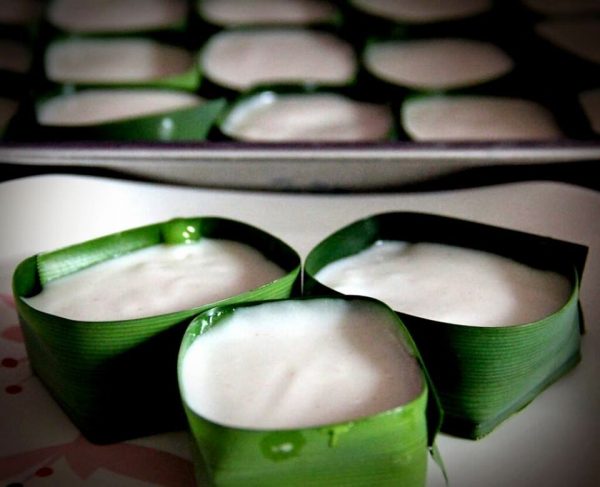
This custardy textured kuih is double layered–it has a green layer at the bottom and a white layer on the top that contains coconut milk–due to that the kuih doesn’t last long. It’s usually made inside a square shaped casing made out of pandan leaf that’s stapled into the shape.
Serimuka
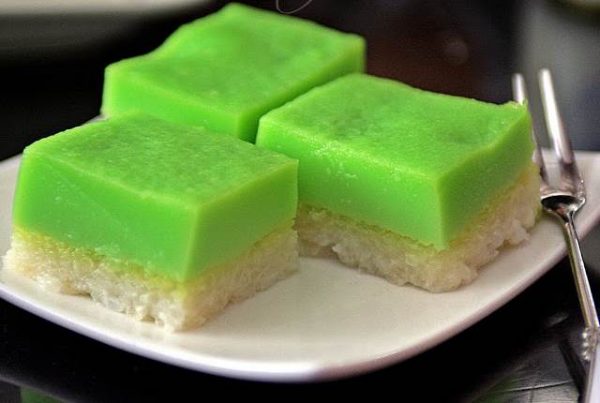
Another popular delight that is also double-layered is Serimuka which translated means ‘pretty face’. The bottom is made of glutinous rice and the top tastes like custard-pandan. Coconut milk is also used in this kuih.
Lepat Pisang
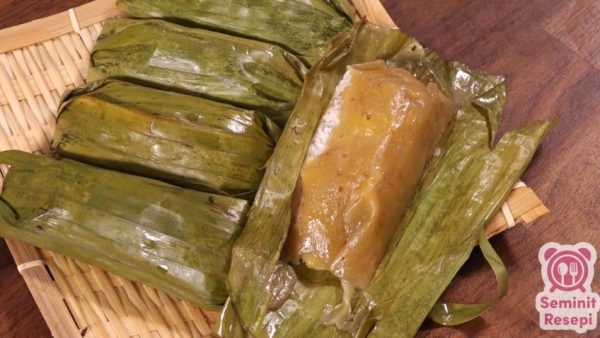
Calling out all banana lovers (have a clean mind, people). This kuih is a combination of sago with mashed banana, wrapped up in banana leaf which is later steamed. The sweetness from the banana is enough to satisfy those with sweet tooth.
Onde-onde
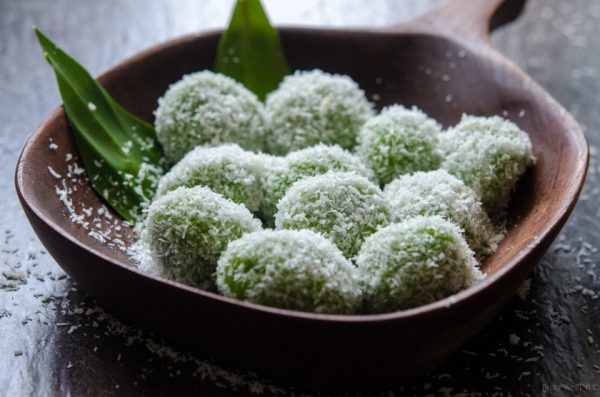
I’m sure we’ve all seen this kuih somewhere or have even tried it, especially if you’re from Melaka where it originates. Round and fluffy like mini cotton balls, this kuih has a surprise inside for those who haven’t tried it (just don’t bite too hard while wearing white when you eat it). The exterior it is made of glutinous rice and grated coconut flakes. Let’s keep the inside a secret for now…
Putu Piring

This fragrant kuih does not only smell good but is also fluffy and sweet. It is shaped like a flat plate thus its name piring. The brown spots are gula melaka and the white part is coconut shavings, and when there’s the right ratio of the both in one putu piring, that’s called perfection.
Lapis Merah
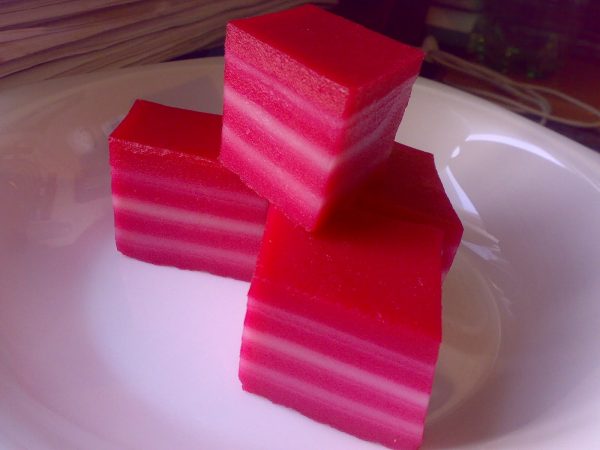
The name itself describes the kuih with white and pink layers. Children will love pulling the layers apart and eating them individually as it is sweet and flavourful. It is made from flour and also coconut milk (coconut milk seems to be a running theme here).
Kuih Ketayap/Lenggang
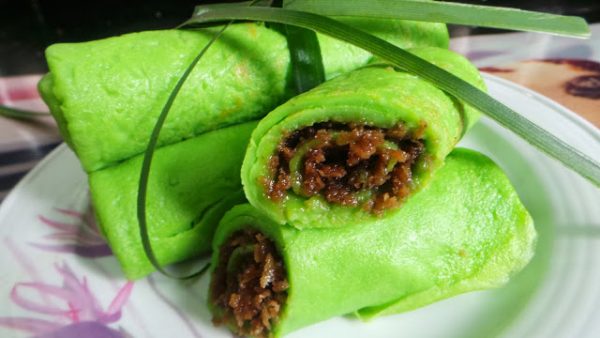
This is the Malaysian version of a crepe, most commonly found during Ramadhan. It is green in colour from the pandan juice and inside, it has a filling of grated coconut mixed with gula melaka. In Indonesia, they call it dadar gulung (rolled pancake).
Kuih Sago
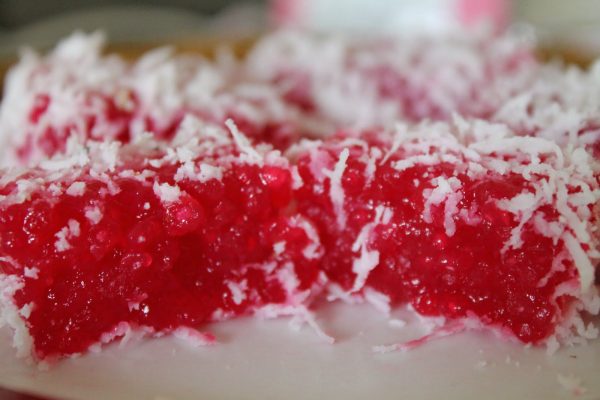
Soft but chewy is a way to describe the texture of this kuih. It is made from sago and the outer layer is surrounded by coconut shreds. Usually, it is available in different colours and some even have two or three colours in one. It is easier to be made compared to other kuih and among the varieties of kuih, remains one of the most popular.
Kuih Lopis
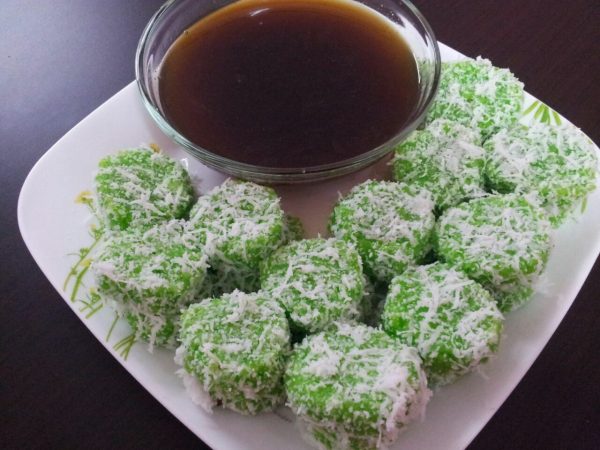
Kuih Lopis is similar to Onde-onde but instead of having the surprise inside, this time the gula melaka is served on the side. It is suitable for people who don’t really want something too sweet as the lopis itself is made out of rice flour and coconut milk with a hint of pandan.
Pulut Panggang
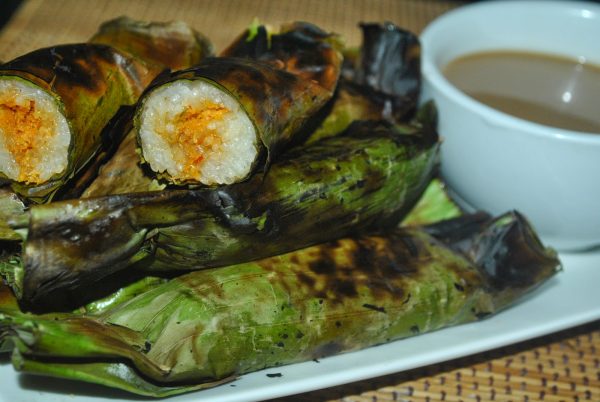
Saving the best for the last… pulut panggang is a savoury kuih as opposed to all the sweet kuih listed above. This pulut is stuffed with either fish or shrimp filling which is mixed with coconut shreds. It is then wrapped with banana leaf and grilled on a fire which makes the taste stronger and more delicious.
For more Kuihpedia, checkout this handy guide by Sabaheats 沙巴吃 below:
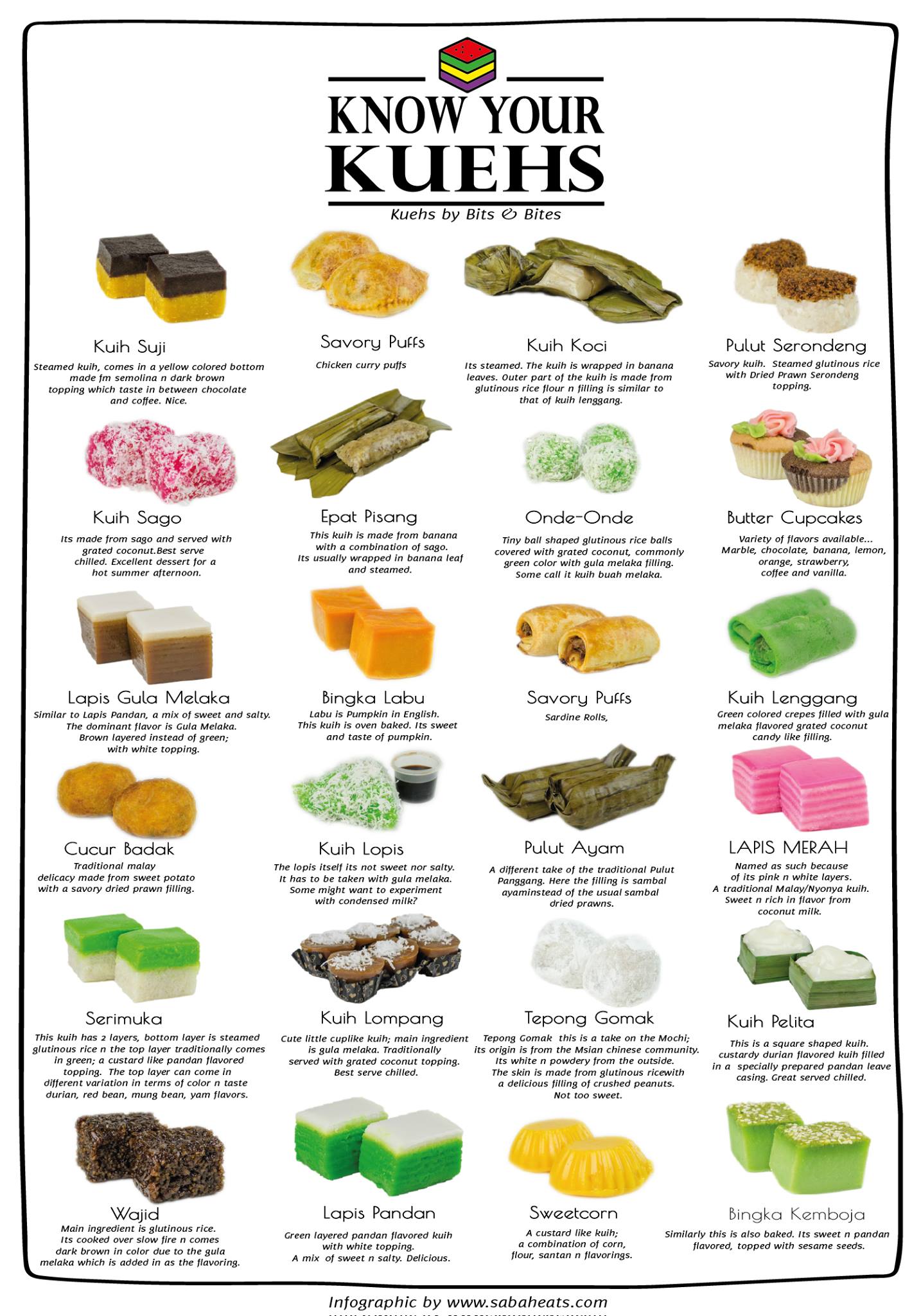
Which kuih are your favourites during Ramadhan? Let us know!


 Get Audio+
Get Audio+ Hot FM
Hot FM Kool 101
Kool 101 Eight FM
Eight FM Fly FM
Fly FM Molek FM
Molek FM